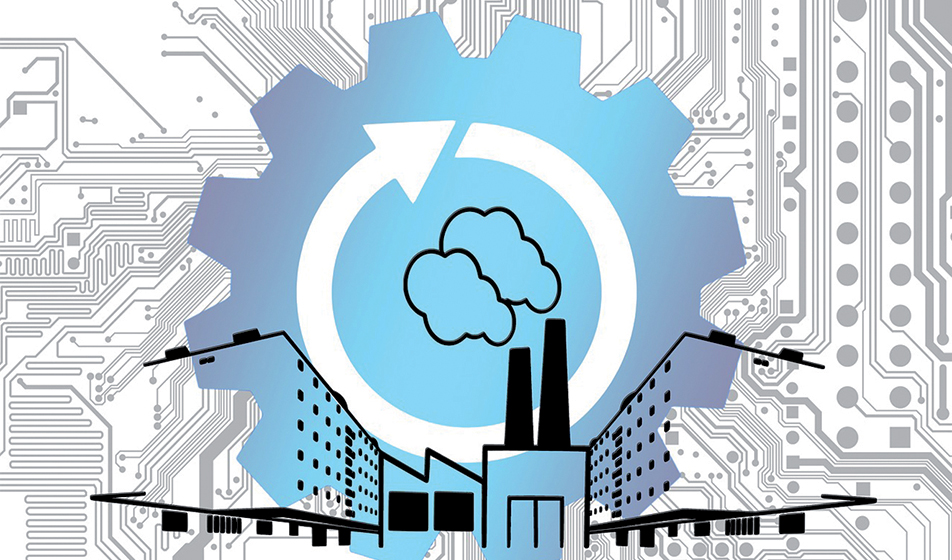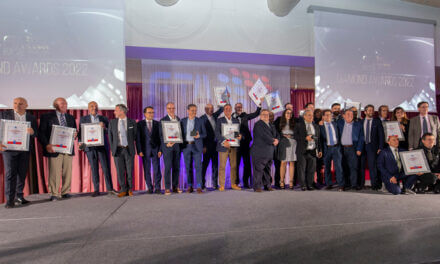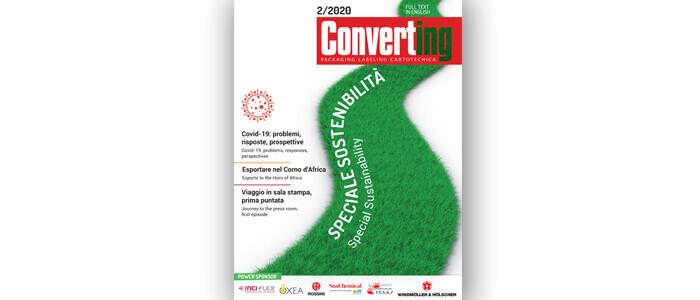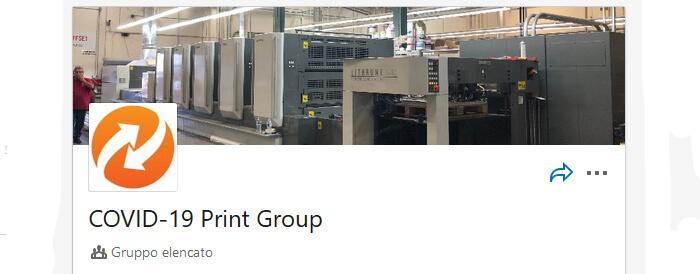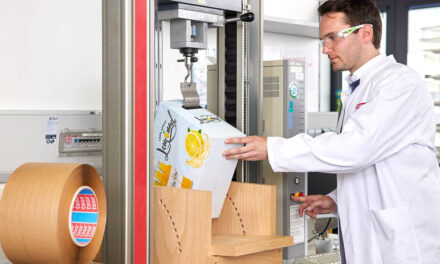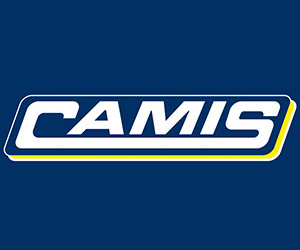 Unfiltered considerations from Alfredo Pollici, owner of Notarianni label printer, on 4.0 informatization of processes. And on the work the company has carried out to create an infrastructure, and its related shared culture, without which no machinery would be able to trigger the leap in quality now allowed by technology.
Unfiltered considerations from Alfredo Pollici, owner of Notarianni label printer, on 4.0 informatization of processes. And on the work the company has carried out to create an infrastructure, and its related shared culture, without which no machinery would be able to trigger the leap in quality now allowed by technology.
We met Alfredo Pollici in Lazise, on the occasion of the Gipea conference, and soon we found ourselves discussing 4.0 Industry: a very popular topic but still rarely applied and often still very little understood. Fact is, many continue to behave as if owning the most advanced ERP or state-of-the-art machinery were enough to make that leap forward in management that would allow to design new business models, increase plant productivity, improve product quality and activate a new way of working that is smarter and less repetitive.
As we find ourself engaged in the discussion, we understand the topic is very close to Pollici’s heart. He considers it central to the evolution of the sector (and of manufacturing in general) and has invested substantial personal and corporate resources in it: time, intelligence, experiments… and a strenuous effort to involve all workers in a new mental horizon in which data is friendly, meaningful, within everyone’s reach, and to everyone’s benefit.
His tenacity has yielded the fruit that we can read in the first person text below, where he personally shares his ideas and results. With a somewhat romantic (itself also tenacious) hope: to initiate a dialogue that reaches beyond the boundaries of the individual enterprise and the fences of competition, to fuel a real collective development. Because everyone has more opportunities if they operate in a culturally open and stimulating market.
Lots of information, all siloed away
My entry into the world of labels dates back to 1990. When I joined the company founded by my father I found an already very relevant amount of available information regarding production. Those were “Big Data” in the literal sense, pallets and pallets worth of heavy needle-printed fanfold paper modules… The culture of collecting data already existed and was my starting point. With the tools of the time the data was raw, incomplete, unreliable, and the detection very onerous due to the long times needed by operators to manually enter the data on board the machine, in Unix environment at the time. Information was generated in every corner, but everything worked as separate entities. Pre-press was a world to itself, a repository of valuable information which was not easily accessible. Same reasoning applied to the inks formulation department, the so called colour-kitchen. Printing machines, while evolving from almost purely mechanical objects to complex devices managed by electronics, also became separate entities blocking out fundamental data.
Towards sharing
From my point of view we were facing a new variation of a problem which was really as old as the company itself: internal communication. We have, therefore, in a decisive if perhaps not yet fully conscious way, begun to guide all choices according to the possibility of generating and sharing information. In the mid-2000s, for example, we chose a pre-press system informed by a workflow organized on a database that was automatically fed by the various tasks performed. A minimum of experience, acquired in the customization of the mechanics and automation of some types of printing machines, has been put to good use to “break into” the electronic machinery management system and be able to deposit/withdraw information related to production. We worked on ink-formulation database systems and on dispensers to obtain information on the uses and requirements of the various inks […]. Obviously, the management system had to grow accordingly, with thousands of hours of development provided by external partners.
The biggest challenge
All this, however, still concerns the collection and sharing of data, which is of little use if it does not feed a continuous flow of analysis, assessment, decisions making and resolved action. This was the biggest challenge for us: making people “fall in love” with data. In our case, being stubborn but not exactly hasty (the Piedmontese are called “Bogia nen”*, “don’t move”) we needed years, and not a few! It has been a tiring process, frustrating sometimes, but as soon as the first signs of improvement manifest, you begin to be repaid and the effect over time is exponential. Today we begin collecting data during the quotation phase and then again with orders entries, then send them on a journey through all the company’s departments in almost completely automatic and bidirectional flows. Then they return to the origin so that we are able to align and compare all predictions to what has actually been achieved, and every person in the company is informed of the results. Members of the first line will report on at least a monthly basis on each indicator, each action that has originated from it, and each result that has been obtained therefrom. This activity is verbalized, shared, memorized.
The “corporate culture” factor
The chronicle of this journey, which will probably never end and which is not extraordinary as it involves most of our colleagues as well, has the sole purpose of sharing my personal reflection: when we talk about 4.0 industry, the attention (and the concessions…) only focus on the tip of the iceberg: technology. I do not want to say that this is not correct, investments in technology are certainly fundamental in our and every other industrial sector. But the most modern of technologies can not express its full potential and won’t yield all the results if it does not rest on a solid and well-organized infrastructure. And that, in turn, is made up of network cables, virtual on-premises or in-cloud servers, powerful software, etc… but at the base of it all is what we call corporate culture, which is nothing more than the sum of the individual attitudes that make up the company, at all levels. And this can’t be bought with the help of the 4.0 Training Tax Credit, it can only be obtained through years and years of commitment.
Taxes and what’s at the other end of the cable
I wear many hats, when I take off the entrepreneur hat and put on that of the taxpayer, I would like that the share of our taxes that finances corporate investments went into supporting the development of infrastructures, especially the human infrastructure, which is the basis of doing business. On the other hand, there is a strong risk that any public money earmarked for subsidies will only lead to a generic technological modernization. This is not at all despicable, but it’s still not completely safe and quantifiable if we do not address what is on the other end of the connection cable… We cannot allow this enormous collective effort not to bring the expected restitution. First and foremost, because the constant objective of improving efficiency is one of the factors that has the higher impact on the really important issue, which really must be at the center of everyone’s attention: sustainability.
* The dialectal expression “Bogia nen” literally means “do not move”. It refers to the firmness and stubborn temperament of Piedmontese people, but also, ironically, to allude to a certain passivity and excess of prudence.

